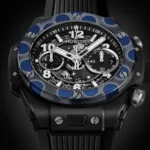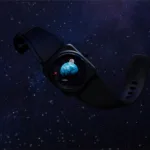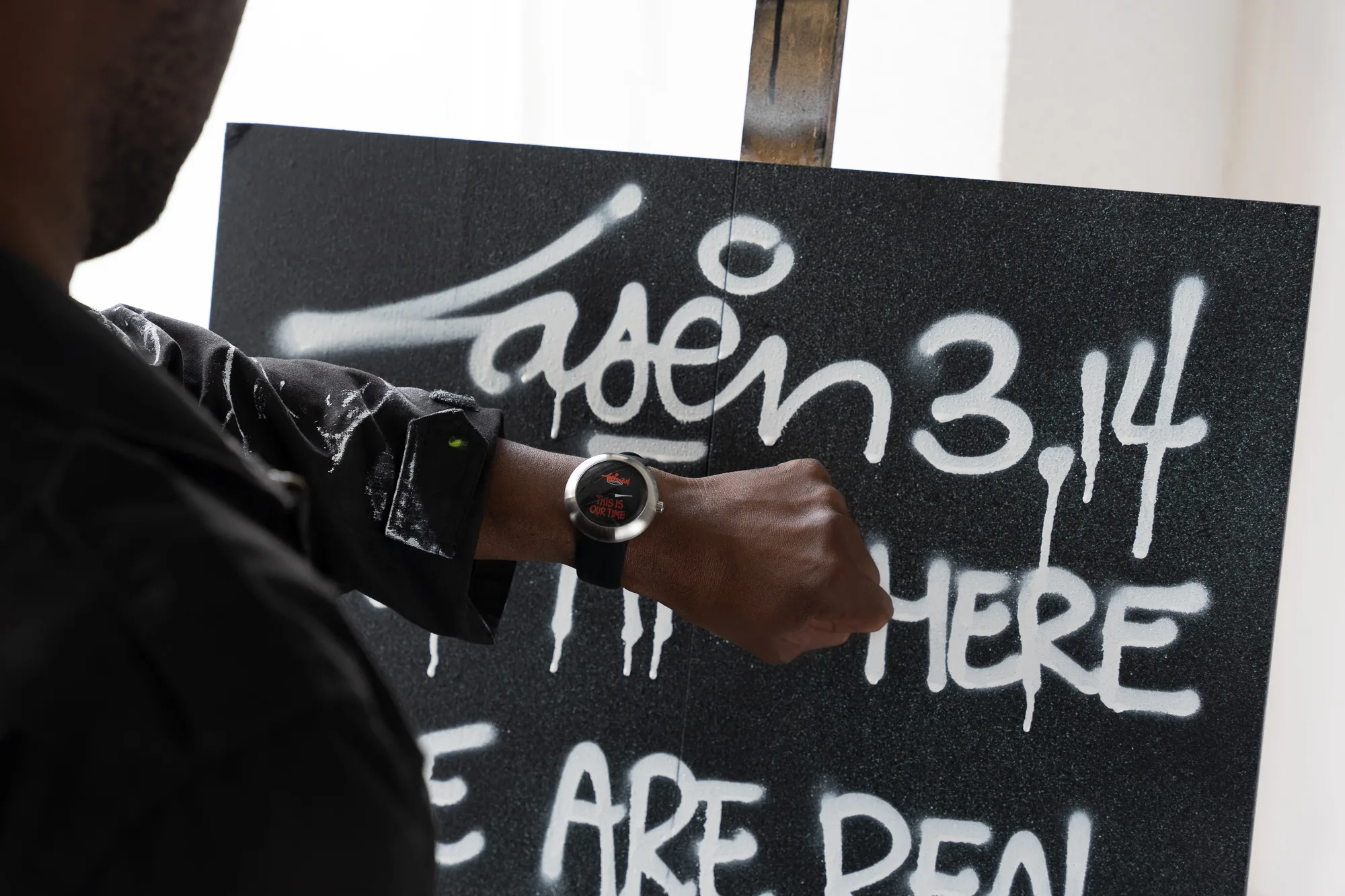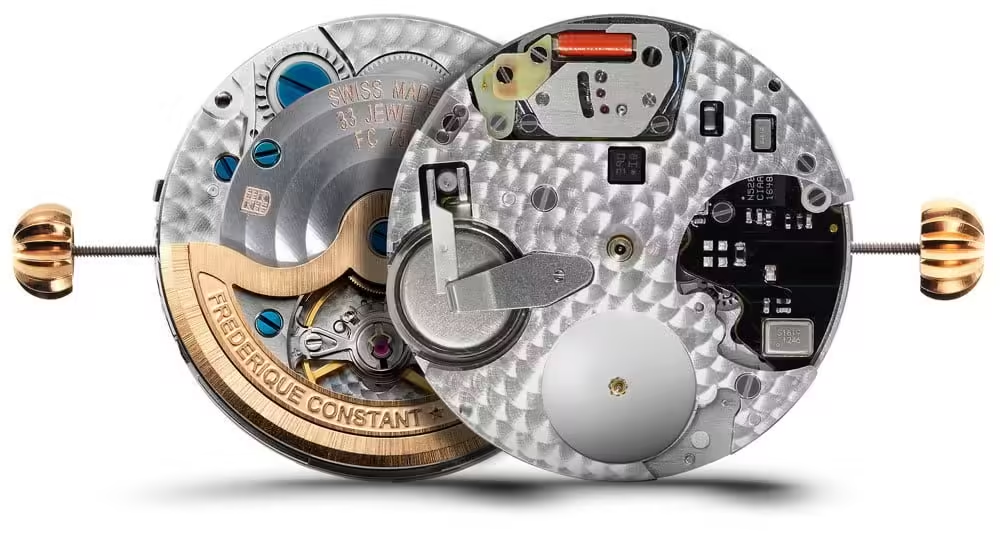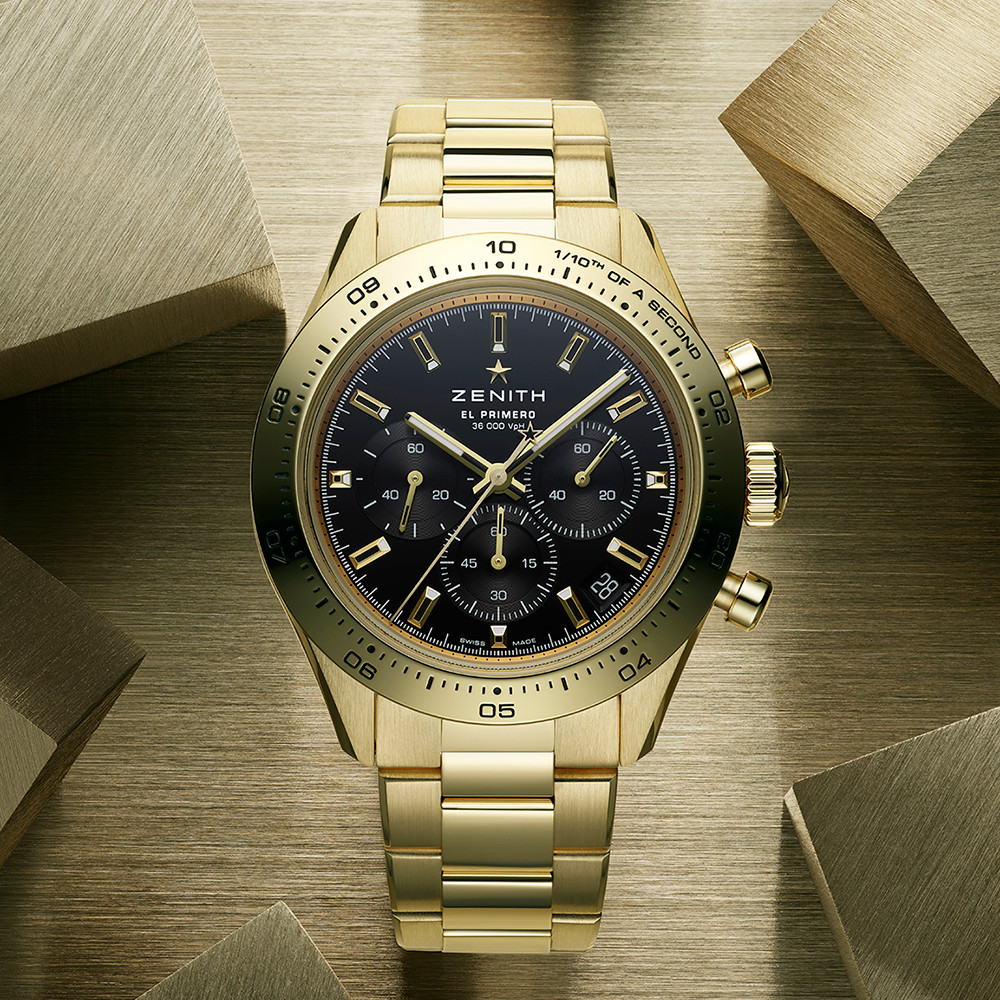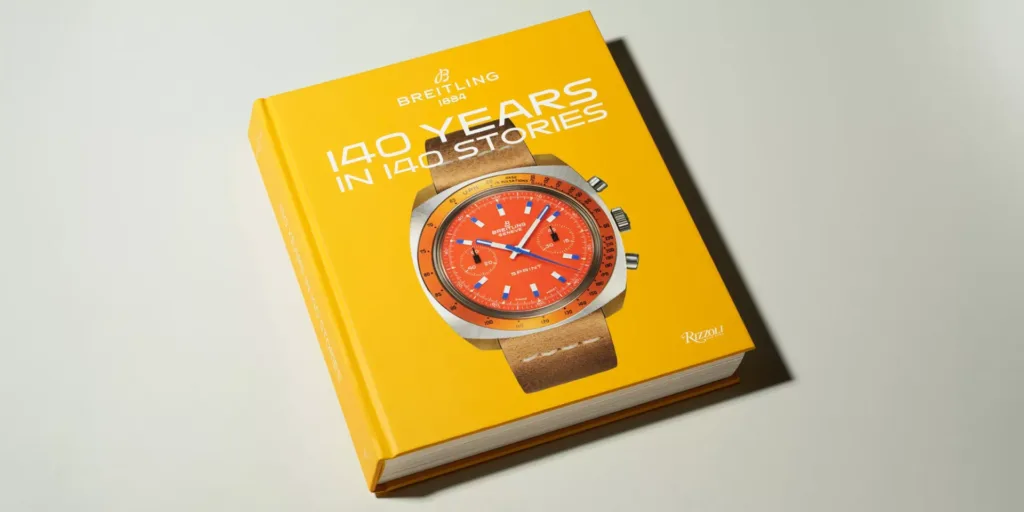
Breitling has reached a significant milestone, marking 140 years of pioneering achievements in the watchmaking industry. This anniversary includes a series of events, exhibitions, and limited-edition releases, all designed to showcase the brand’s rich history and contributions to horology. From inventing the modern chronograph to sending the first Swiss wristwatch into space, Breitling’s legacy reflects a commitment to continuous innovation. The yearlong celebration highlights these achievements through a global vintage watch exhibition and a unique pop-up museum in Zurich.
A Legacy of Firsts
Since its inception, Breitling has consistently led in horological innovation. The brand’s history features numerous “firsts,” such as creating the modern chronograph and developing the first automatic chronograph movement. Throughout the year, Breitling is revisiting these milestones, offering enthusiasts and collectors a deeper understanding of its contributions to the watch industry.
Global Vintage Watch Exhibition
One key highlight of the anniversary celebrations is the Time Capsule exhibition, a traveling showcase of curated vintage watches from Breitling’s archives. Over the coming months, more than 50 Breitling boutiques across Europe, Asia, the Americas, the Middle East, and Australia will host this exhibition. Collectors will have a rare opportunity to view iconic models from Breitling’s history, connecting them directly to the brand’s past.
Then & Now: A Pop-Up Museum in Zurich
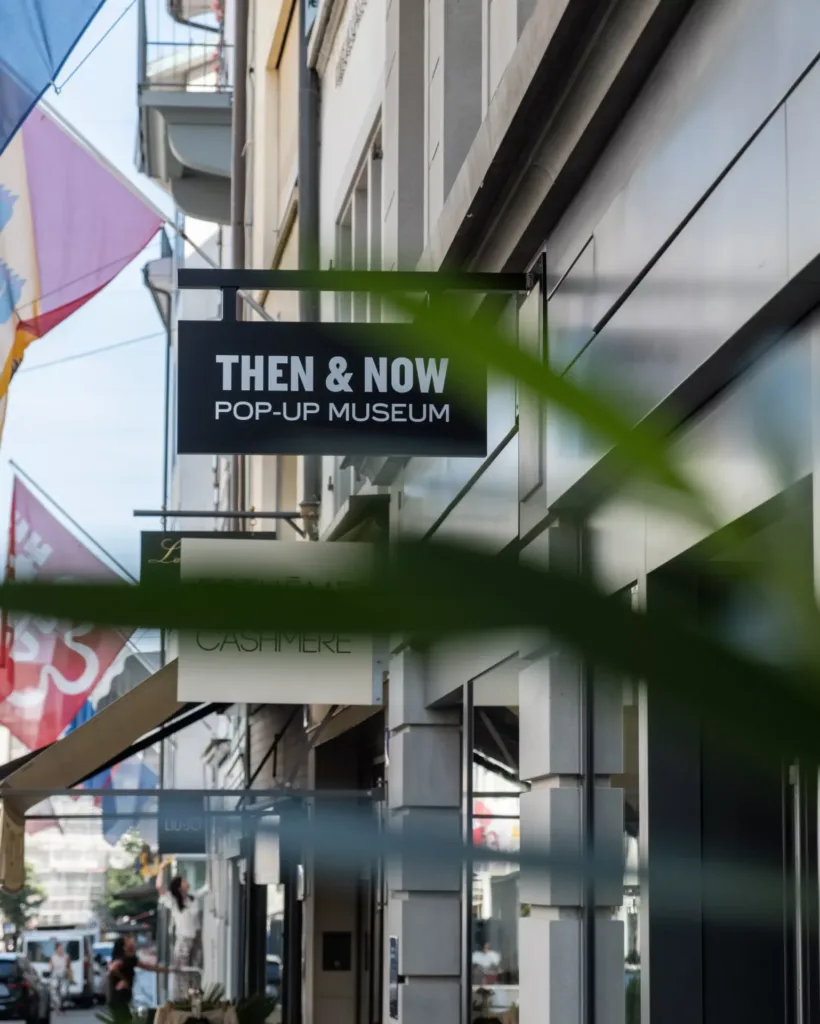
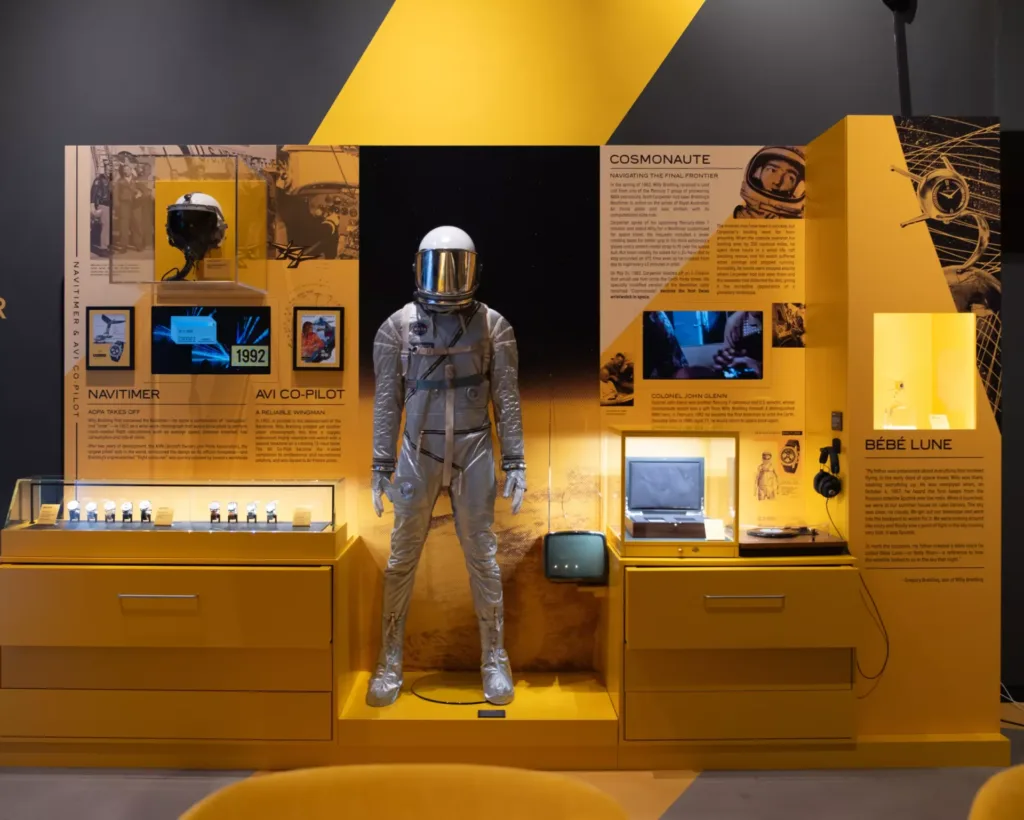
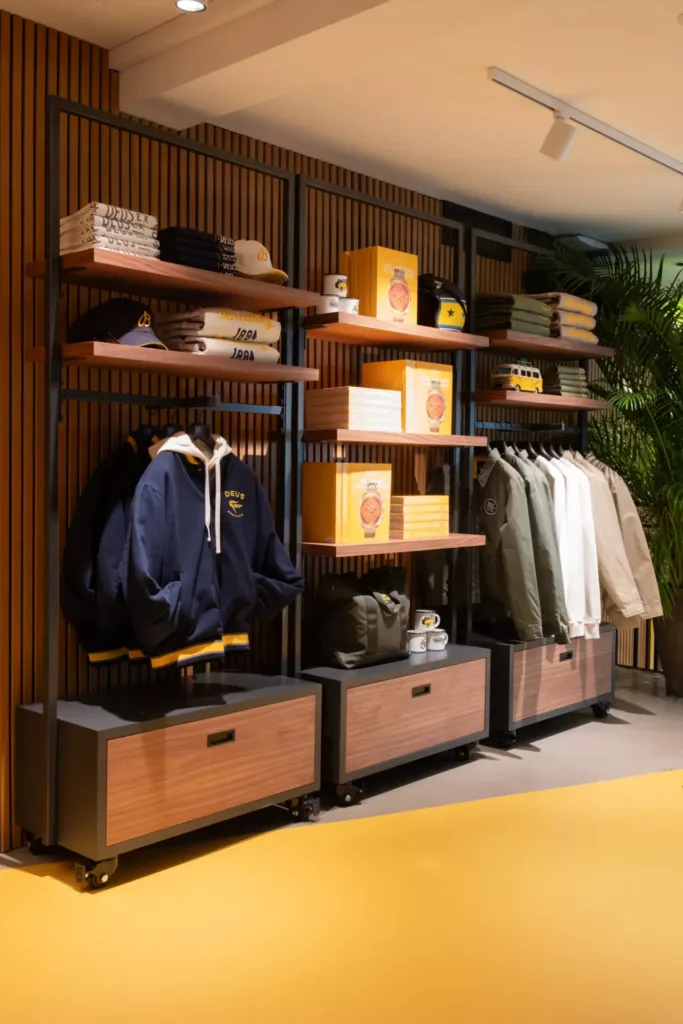
In addition to the traveling exhibition, Breitling has launched its first pop-up museum, Then & Now, in the heart of Zurich. This museum offers an immersive experience that explores Breitling’s history through its Air, Land, and Sea universes. The museum spans three dynamic floors and includes interactive displays. At street level, visitors can enjoy the Breitling Café, making it a must-visit for watch enthusiasts in Zurich.
Limited-Edition Releases and Commemorative Book
To further commemorate its 140th anniversary, Breitling has released a limited-edition book titled “140 Years in 140 Stories”. Published by Rizzoli, this book delves into both the well-known and lesser-known milestones of the brand, offering readers a comprehensive look at Breitling’s storied past. Additionally, Breitling plans to release special limited-edition watches throughout the year, providing collectors with unique timepieces that celebrate this significant milestone.
Iconic Moments in Breitling’s History
Breitling’s history includes several groundbreaking innovations:
- Chronograph History (1915/1934): In 1915, Breitling introduced the first wrist-worn chronograph with a single pusher. This innovation allowed start, stop, and reset functions. In 1934, the brand followed up with the first dual-pusher system, which separated the chronograph’s reset function and set the standard for modern chronographs.
- Premier (1943): Amid World War II, Willy Breitling envisioned chronographs that combined functionality with elegance. This vision led to the creation of the Premier line, known for its superior craftsmanship and stylish designs. The line became a symbol of refined taste and postwar optimism.
- Navitimer (1952): Breitling developed the Navitimer as the first wristwatch with a circular slide rule, essential for pilots to perform flight calculations. The Aircraft Owners and Pilots Association (AOPA) officially endorsed it, making it an iconic tool for aviators.
- SuperOcean (1957): Breitling’s SuperOcean, the first dive chronograph, set new standards with its robust design and water resistance, catering to professional divers’ needs.
- Cosmonaute (1962): The Cosmonaute, a customized Navitimer with a 24-hour dial, accompanied astronaut Scott Carpenter on his Aurora 7 mission, becoming the first Swiss wristwatch in space.
- Top Time (1964): Breitling’s Top Time captured the youthful spirit of the 1960s with bold designs and advanced chronograph functions. It gained widespread popularity, even appearing on the wrist of James Bond in Thunderball, cementing its status as a symbol of cool.
- Project 99 (1969): Breitling collaborated with Heuer Leonidas, Hamilton Buren, and Dubois-Dépraz to create the world’s first automatic chronograph movement, the Caliber 11. This innovation revolutionized watchmaking by combining automatic winding with chronograph functionality.
- Chronomat (1983): During the quartz crisis, Breitling reaffirmed its commitment to mechanical watches with the Chronomat. Designed for the Frecce Tricolori aerobatics team, it featured robust construction and rider tabs at the 15-minute marks, heralding a resurgence of interest in mechanical chronographs.
- Breitling Orbiter 3 (1999): In 1999, the Breitling Orbiter 3 completed the first nonstop balloon flight around the world, covering 45,633 km in just under 20 days. This historic journey, led by Bertrand Piccard and Brian Jones, highlighted Breitling’s spirit of adventure and technical innovation.
- Avenger (2000): Introduced in 2000, the Avenger collection met the rigorous demands of military aviation, offering unparalleled robustness and functionality. Today, it remains a trusted companion for military personnel and aviation enthusiasts alike.
Conclusion
Breitling’s 140th anniversary is not just a celebration of its past; it also reaffirms the brand’s commitment to innovation and excellence in watchmaking. Enthusiasts and collectors are invited to explore these historical milestones through the various events and exhibitions taking place throughout the year. For more detailed information, visit the official Breitling website.
